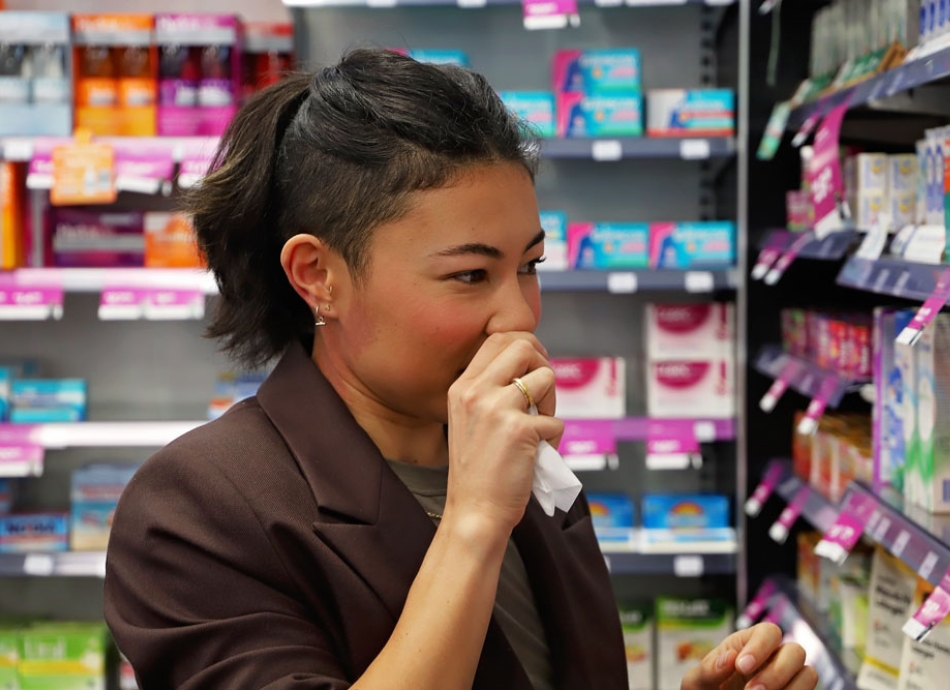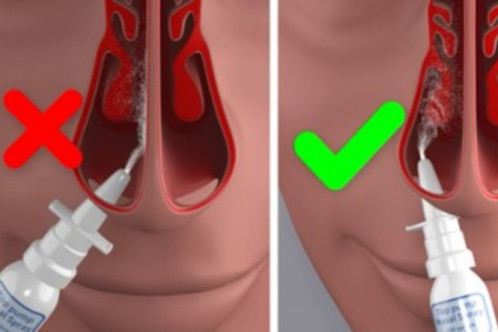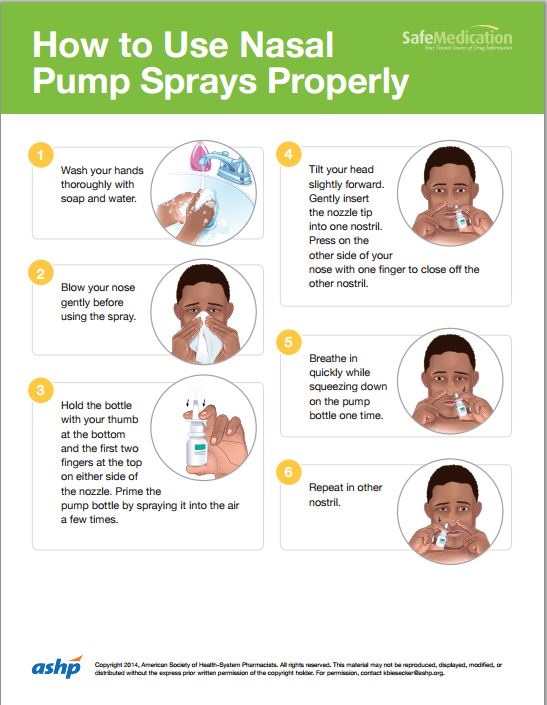To get the most benefit, use the correct technique for nose drops. Nose drops are given by gently squeezing the bottle. This is different from how you use nasal sprays that use a pump device to deliver the medicine.
Correct technique makes sure you receive the right amount of medicine. Ask your healthcare provider to show you how to use nose drops.
Your nose needs to be upside down for the drops to reach the opening of the sinuses. The easiest way to do this is to lie down on a sofa or bed with your shoulders at the end and your head over the end.
The picture below shows the correct position to lie in for getting the medicine to where it needs to go.

Image credit: Canva
The following steps are a guide for using nose drops:
- Gently blow your nose with a tissue to clear the nostrils.
- Shake the bottle and remove cap before use.
- Get into a comfortable position lying down with your head tilted back.
- Insert the tip of the bottle over one nostril and squeeze the required number of drops into the nostril.
- Remove the bottle and sniff gently once or twice. Don’t sniff too hard because it will go past the nose to the throat and give you an unpleasant taste.
- Keep your head tilted for a few minutes.
- Try to avoid or at least wait a few minutes before blowing your nose. You want as much of the medicine to stay in the nose and sinus.
- Repeat the steps for the other nostril if required.
- Wipe the dropper with a clean tissue after each use.
- Replace the cap after each use.
If you can’t put the drops in yourself, ask somebody to help you.










